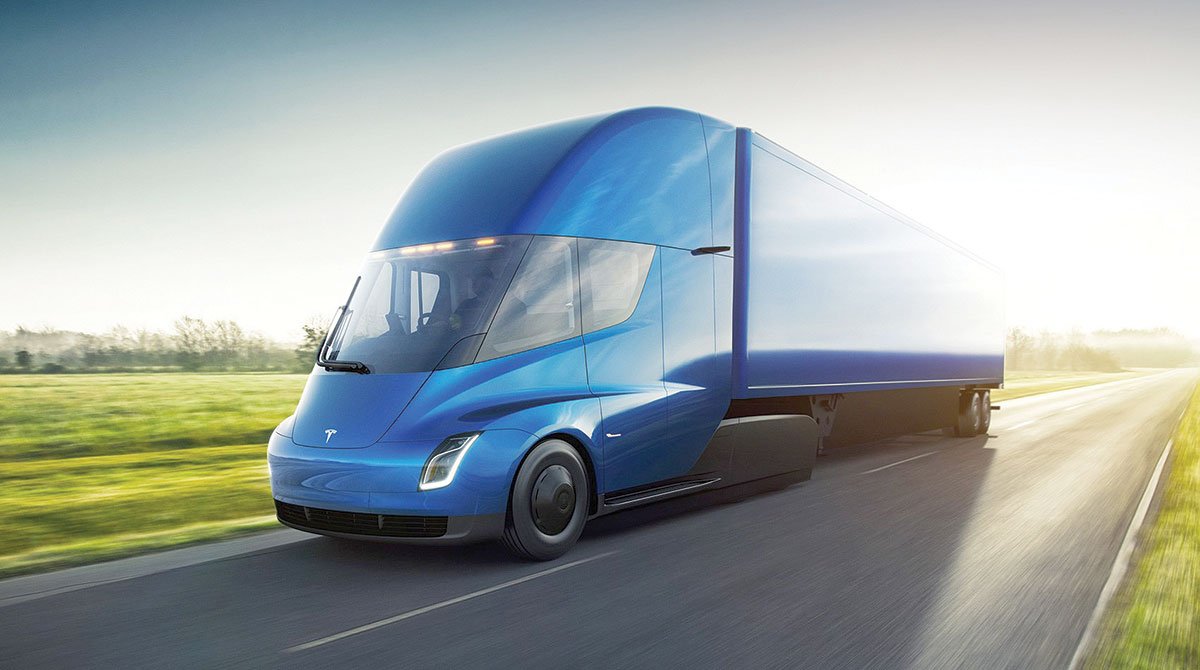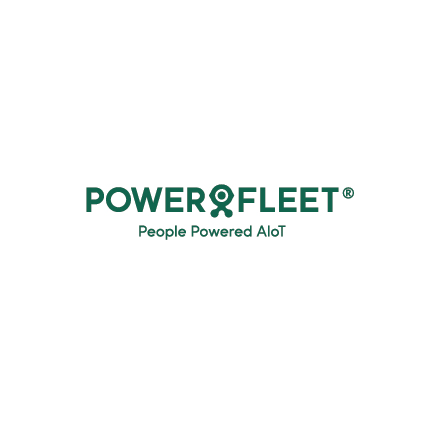Fleets are increasingly feeling pressure to reduce emissions from their shipper customers to investors to regulators. Many trucking companies had to decide between being environmentally friendly or profitable in the past, but with the rise of new technologies, sustainability and profitability go hand-in-hand. From advanced telematics that increase efficiency to zero-emission trucks, fleets have a lot of options when it comes to becoming more sustainable.
Let’s take a look at a few different ways to make your fleet more sustainable and how to develop a strategy to actually implement the enabling technologies.
New technologies can help your fleet become more sustainable and profitable—here are some approaches to improve your sustainability. Share on X#1. Increase Existing Fuel Efficiency
Improving fuel efficiency is the best way to reduce carbon emissions and improve sustainability without investing in new vehicles. By adding telematics to existing assets, you can start measuring fuel economy, idle time and other factors that influence fuel efficiency. Real-time locations and status can also help minimize idle time by sharing that information with the receivers and ensuring loading docks are ready.
In addition to cab fuel economy, telematics can provide real-time insights into the location and status of containers and other assets. You can avoid hauling empty trailers, minimize idle time and use intermodal transportation where it makes sense. These capabilities cut down on unnecessary emissions, improve asset utilization and keep customers happy.
Smart routing technologies can also help cut down on unnecessary miles by taking the most efficient routes. In addition to simply minimizing miles, cutting-edge solutions can factor in real-time traffic conditions, potential weather hazards and historical data to predict the best routes in real-time, dramatically cutting down on unnecessary miles and drive time.
Telematic solutions like ELDs and trailer tracking also enable fleets to get better utilization out of their existing assets. By knowing the status (available or in use/empty or loaded) and location of their trucks and trailers, fleets can quickly turn their trucks and trailers thereby avoiding adding more trucks on the road. Saving drivers’ time driving around searching for trailers also helps cut down fuel consumption.
#2. Avoid Damaging or Spoiling Cargo
Damaged or spoiled cargo can be extremely costly for fleets since it’s effectively a wasted trip. In addition to potentially costly claims, these wasted trips can significantly increase a fleet’s carbon footprint. These problems are particularly acute in the reefer market where refrigerated trailers transport highly sensitive goods, such as produce or pharmaceuticals.
Telematics solutions can help prevent damaged or spoiled cargo. For reefers, Powerfleet’s LV-400 enables users to remotely monitor and make changes to the reefer trailer from their computer, which reduces the need for driver interaction. The system checks the temperature every five minutes and sends out alerts when there are potentially damaging changes.
Powerfleet’s LV-600, 710 and 740 can also provide visibility into the security, location and condition of cargo. For example, the LV-710 combines a high-definition camera, image recognition processor, door sensor and environmental sensors for true freight visibility, which can help reduce damage and fight fraudulent damage claims with visual evidence.
#3. Use Carbon Offsets to Differentiate
Carbon offsets provide a near-term way to reach sustainability goals while next-generation technologies develop and become more cost-effective. In essence, carbon offset strategies involve computing a fleet’s carbon emissions each quarter or year and funding projects that offset an equivalent amount of carbon emission to effectively be carbon neutral.
When using these strategies, you should work with reputable suppliers that track and verify registered carbon offset projects. You may also want to offset carbon emissions in certain areas where you operate, such as a certain state or even within the United States. New services, like Cloverly, can help streamline the process of calculating and purchasing offsets.
Carbon offsets may also be a valuable addition to marketing materials. Customers that are on the fence between two different logistics providers may choose the provider that offers zero emissions as a selling point to their own customers or stakeholders—even if the reductions are driven by carbon offsets rather than electric vehicles.
#4. Consider the Role of EVs & Alt Fuels
Electric heavy-duty trucks have been slow to reach mainstream adoption, whereas electric medium- and light-duty trucks have taken off more significantly. Heavy-duty trucks (such as Class 8 vehicles) have more rigorous testing requirements and real-world demands compared to medium- and light-duty trucks that impact battery life, range and other factors.

Rendering of the all-electric Tesla Semi – Source: Tesla
While electric heavy-duty trucks aren’t widely available, there are indications that significant growth will occur through 2023. The Zero-Emission Technology Inventory (ZETI) has the number of zero-emissions choices up 400% in 2023. Companies like Anheuser Busch have pre-ordered long haul electric trucks from Tesla along with Nikola’s hydrogen-electric trucks. Meanwhile, the City of Long Beach has a mix of trucks with 45% of them using alternative fuels and a 2021 replacement plan with 87% alternative fuels—beyond just electric.
Fleets may want to start thinking about electric vehicles and alternative fuel vehicles when planning for vehicle replacements over the coming years. For instance, you may want to allocate a higher budget to replacements to account for the greater upfront cost of these vehicles while keeping in mind they could pay off long-term through lower fuel costs.
How to Develop a Sustainability Strategy
Improving fleet sustainability can be a gargantuan task. In addition to the normal logistical challenges of fleet updates, new technologies and processes can complicate everything from driver training to integrations with existing systems. The best way to improve the odds of success is to develop a sound strategy and continuously monitor progress implementing it.
There are a few steps to the process:
- Initial Assessment: Start by taking an inventory of your existing fleet (especially aging vehicles) and determine an appropriate budget over the coming years that could be allocated to sustainability initiatives.
- Determine Specifications: Determine the right equipment and sustainability approach based on operational demands, duty cycles, maintenance practices and other considerations—ranging from new telematics to new EVs.
- Develop a Plan: Create a plan to guide the implementation of these sustainability goals. These plans should specify the budget allocation, desired equipment and personnel responsible for implementing the plan over the coming years.
- Monitor the Strategy: Periodically review the sustainability plan and determine where the company fell short and what could be improved. If something goes awry, make the changes necessary to get the plan back on track.
Fleets looking for the simplest way to start improving sustainability should consider telematics solutions before more significant investments. With a relatively low upfront investment and no disruption to your existing business, telematics provide tangible sustainability benefits through better fuel economy and efficiency, as well as a host of other ancillary benefits.
The Bottom Line
Sustainability is growing in importance to investors and customers, but it has also become a compelling way to improve profitability. From telematics integrations to electric vehicle replacement cycles, there are many different ways that fleets can become more sustainable while simultaneously improving their bottom line.
If you want to learn more about Powerfleet’s line of telematics solutions, contact us to schedule a free consultation or contact a local dealer to learn more.





